Rural China turns its hand to artistic field
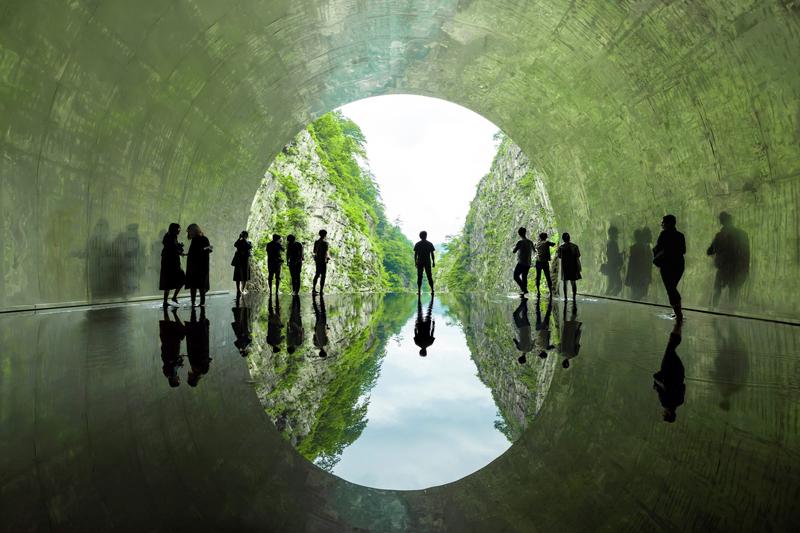
The Kiyotsu Gorge Tunnel is restored as an artistic space for the Echigo-Tsumari Art Triennale in Niigata prefecture, Japan, in July 2018. (PHOTO PROVIDED TO CHINA DAILY)
A lecture was given by Cong the next day better explaining to villagers how he was going to vitalize the village with art.
The villagers remained unconvinced, but Cong did not give up and began observing the village. He made a bench and placed it in front of the villagers' cultural activity center, so people would be reminded of the project often.
Villager Ge Wanyong was the first to reach out with an olive branch and invited Cong to redecorate his yard, which has an 100-year-old osmanthus tree.
Cong offered the idea of making a bench under the tree so people could drink tea and chat and smell the blossoms during the autumn.
During his 14-day-stay in Gejia for the first time, Cong renovated eight different places, and trust between him and the villagers grew.
"What we are doing here in Gejia is not asking artists to create, but using an artistic logic to solve problems in rural villages," Cong said.
"It is important to discover the skills of villagers, not craftsmanship, but the skills they master for a living, and let them engage in the process."
The goal of rural vitalization through art is multilayered. Local government expects through such programs that villagers are energized with new skills and abilities to build their hometown, to build a harmonious society in rural Zhejiang, and through rural tourism and new industries to achieve common prosperity eventually.
During the summer holiday in 2019, Cong and his students visited Gejia again. This time, Yuan Xiaoxian, a 50-year-old villager who is skilled at sewing and cooking, had become one of the beneficiaries.
In 2018, she ran a stall selling breakfast, and her income was 40,000 yuan that year.
Under Cong's encouragement, Yuan opened a small shop in the village selling cloth dolls. Her husband joined her making bamboo products such as cups and chairs in the shop. Their income reached 150,000 yuan in 2020.
"The village is not an exhibition hall for artists, but a place to enlighten the cultural confidence of the villagers even when we leave," Cong said.
In 2020, income from tourism in Gejia reached 5 million yuan, outnumbering the total investment inputted by the government.
"As pointed out in government papers, the main contradiction of Chinese society is people's increasing demand for a better life, their spiritual and cultural needs and the country's unbalanced and inadequate development. Perhaps it is just time to bring more art and culture to rural China," Sun Jiashan said.


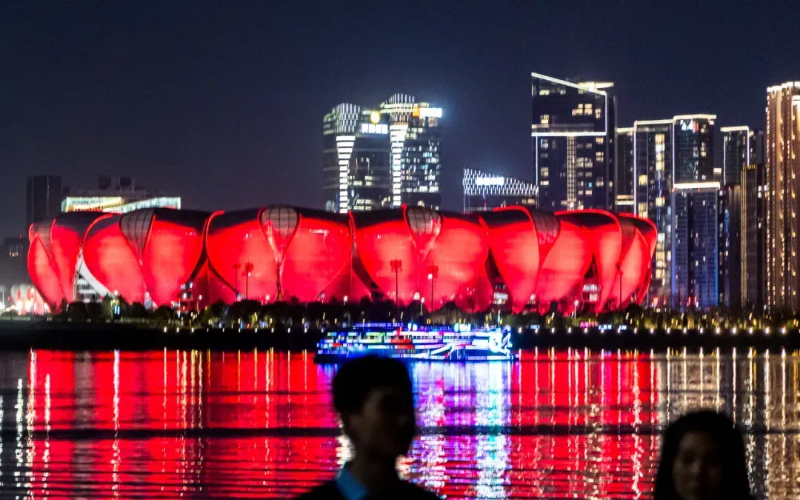
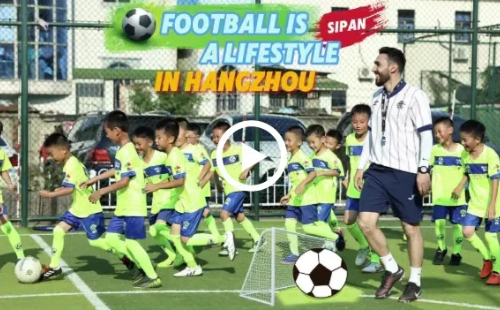
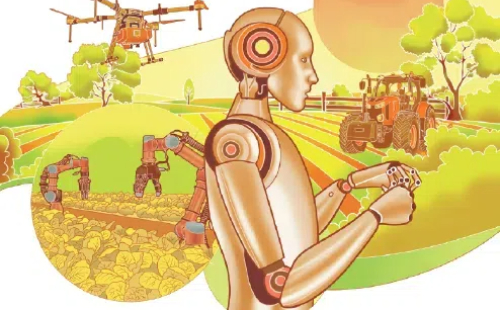
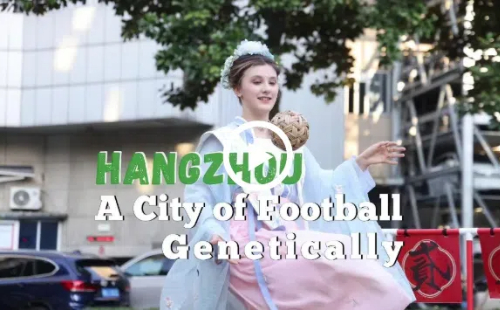 play
play